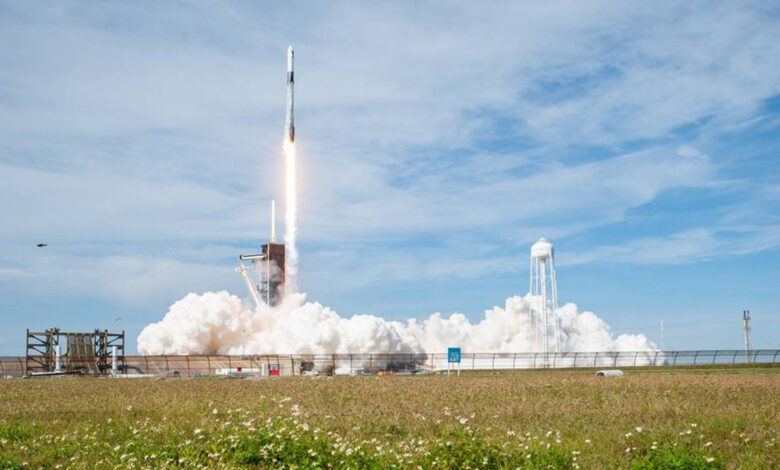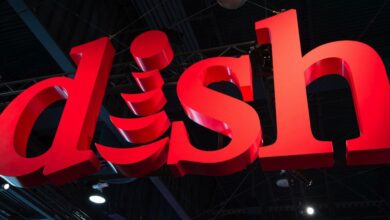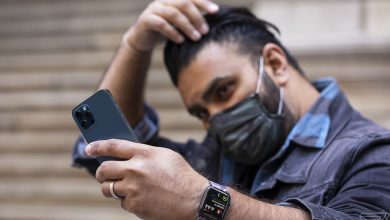NASA, SpaceX launch groundbreaking experiments to space station

[ad_1]
NASA and SpaceX have successfully launched the CRS-22 Dragon cargo mission to the International Space Station (ISS).
The Falcon 9 rocket – a staple of the Elon Musk-founded company – blasted off from Pad 39A of NASA’s Kennedy Space Center in Florida at 1:29 p.m. ET on Thursday.
NASA AIMS FOR 2 NEW MISSIONS TO VENUS TO LEARN MORE ABOUT ‘LOST HABITABLE’ WORLD
It was the company’s 17th mission in the front half of 2021 and the first introducing a new Falcon 9 booster, B1067.
The mission also marked the first time a SpaceX launch for NASA has not been preceded with a static test fire, according to NASA Spaceflight.
The booster smoothly landed on the SpaceX drone ship, Of Course I Still Love You, to be recovered for reuse.
The Dragon spacecraft separated from the second stage of Falcon 9 approximately 12 minutes later; the second stage was expected to safely and destructively reenter the Earth’s atmosphere south of Australia.
After a day-and-a-half trek to the orbital laboratory, Dragon will dock to the space station’s Harmony module on the morning of Saturday, June 5.
The process will be monitored by Expedition 65 NASA astronauts Megan McArthur and Shane Kimbrough.
The capsule will spend a month docked to the ISS and return back to Earth in July, splashing down off the eastern coast of Florida.
The resupply mission is carrying more than 7,300 pounds of scientific research, crew supplies like fresh fruit, and vehicle hardware.
Also on board for the launch are groundbreaking and wide-ranging research experiments, in addition to critical hardware like ISS Roll-Out Solar Arrays (IROSA) for installation later this summer.
While hundreds of experiments are already being conducted on the space station in different fields of science, dozens of new investigations have been launched, including a portable ultrasound device and research that could help develop cotton varieties that require less water and pesticides.
An investigation from the European Space Agency (ESA) and the Centre National d’Etudes Spatiales (CNES) called Pilote tests the effectiveness of remotely operating robotic arms and space vehicles using virtual reality and haptic interfaces.
One joint experiment with the National Institutes of Health’s National Center for Advancing Translational Sciences (NCATS) could help develop better pharmaceuticals and therapies for treating kidney disease and NASA said that some crew members have shown an increased susceptibility to kidney stones during flight.
Last, the research will include two model organism investigations.
The UMAMI study of bobtail squid examines the impact of spaceflight between beneficial microbes and their animal host and a study of tardigrades – colloquially known as water bears or moss piglets – could help scientists to better understand the stress factors affecting humans in space.
CLICK HERE FOR THE FOX NEWS APP
According to NASA, the research will help the agency to better understand how to prepare for future long-duration missions to the moon and Mars, in addition to improving living on Earth.
“With seven crew members on board, the team is really just knocking it out of the park,” Joel Montalbano, program manager for NASA’s International Space Station Program Office, said in a Wednesday blog post. “The utilization and research that they’re able to do on board, the commercialization efforts, the technology developed for our lunar program – it’s really a pleasure to watch these guys. They’re excited for the mission, and they’re excited to see these two new solar arrays on board.”
[ad_2]
Source link






